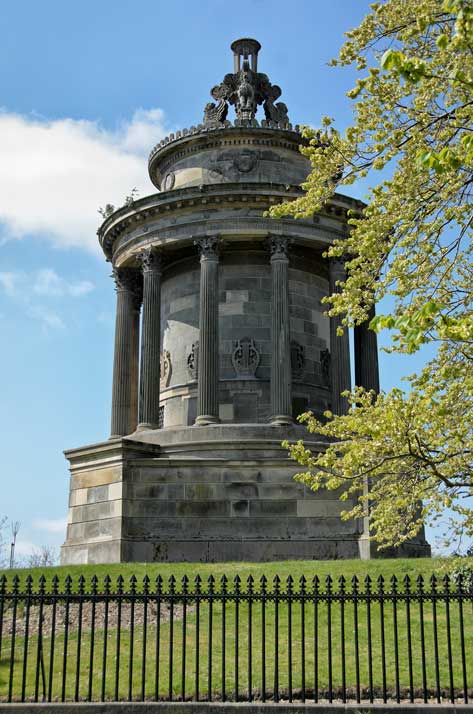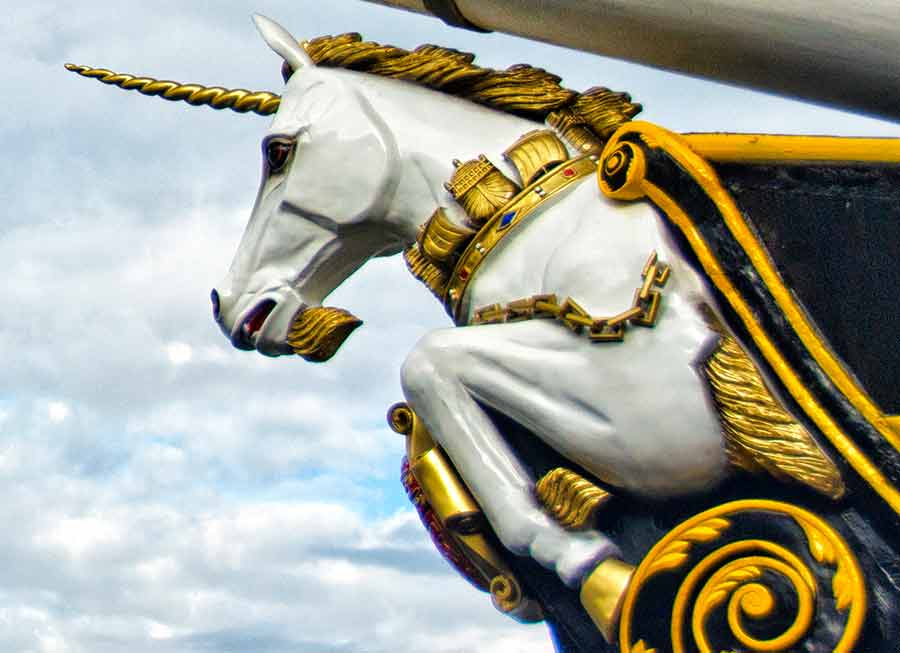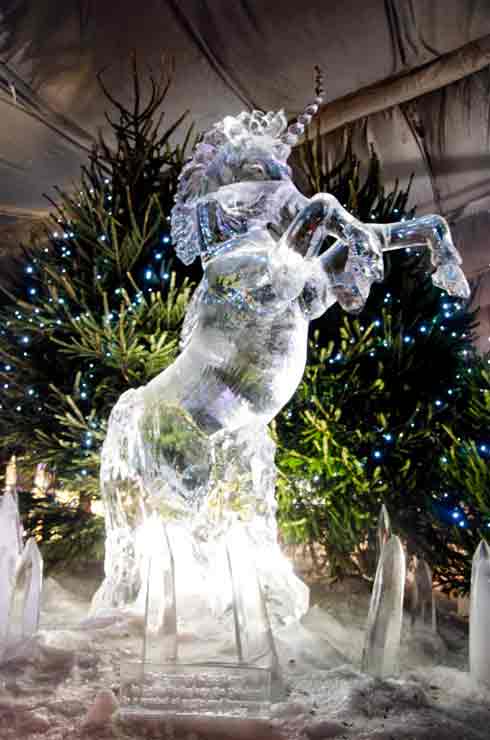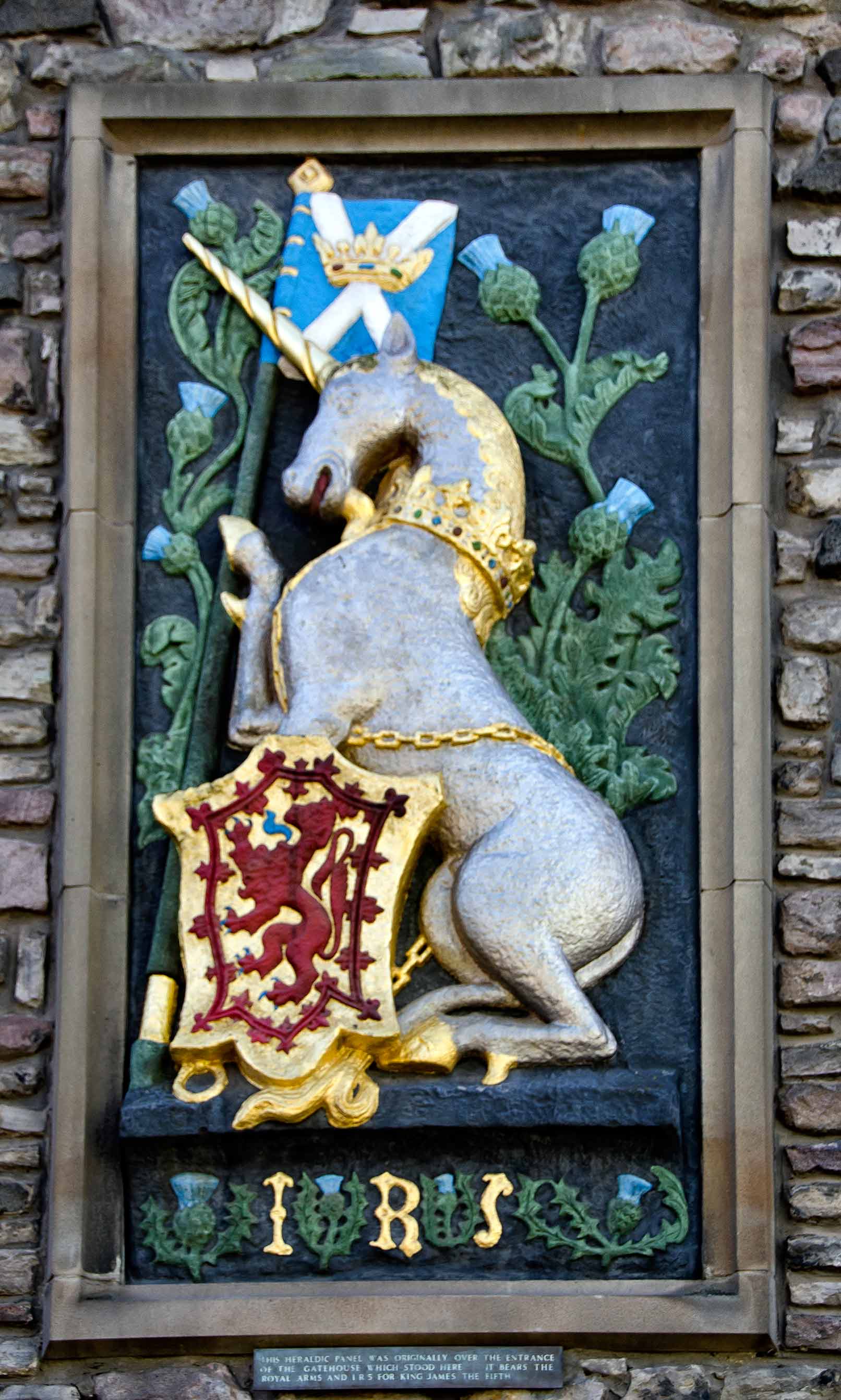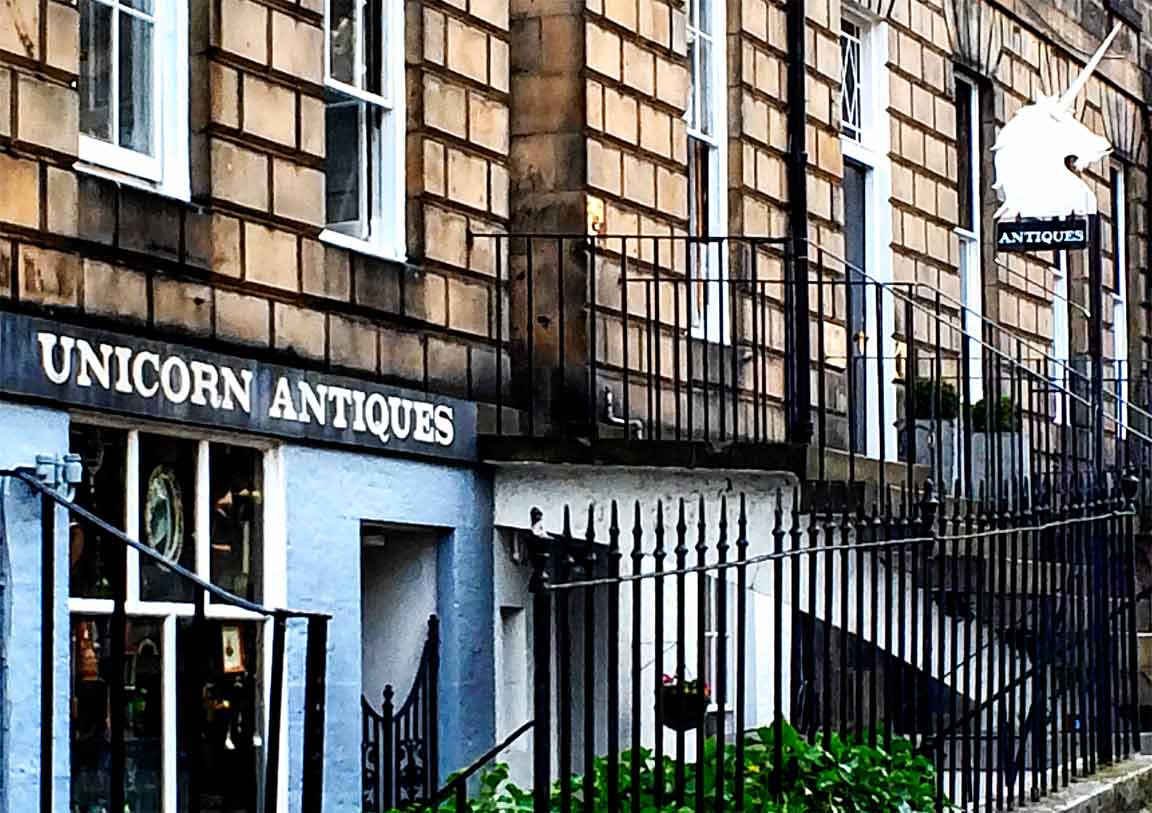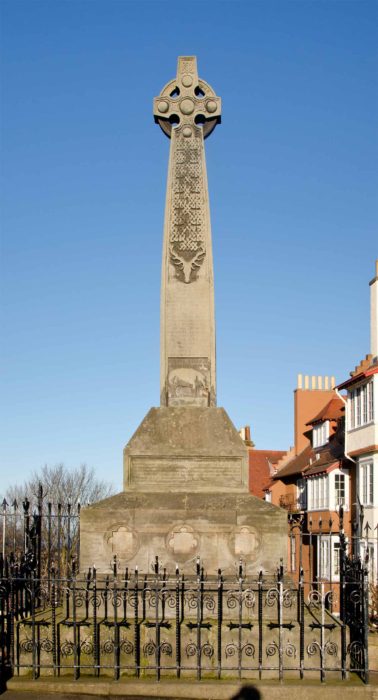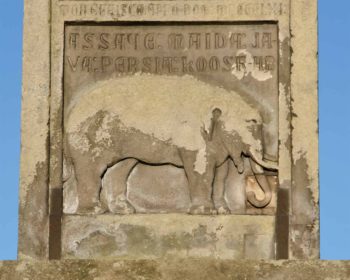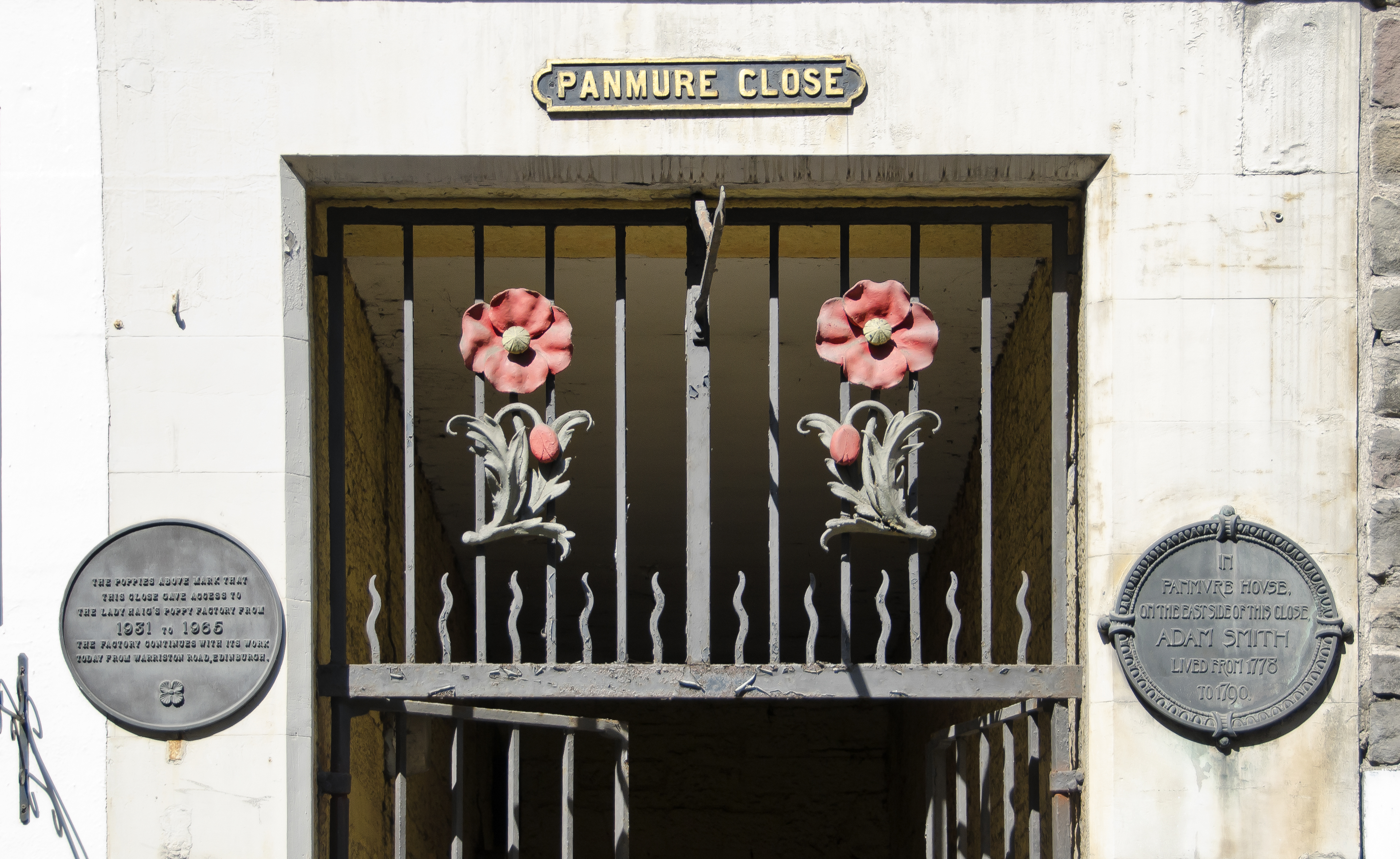Everyone who knows Scotland knows about the Castle at the top of the Royal Mile. But what about the castle, three miles southeast of Edinburgh, that looks upon its more famous neighbour? Craigmillar Castle has plenty of stories to tell!

Craigmillar Castle
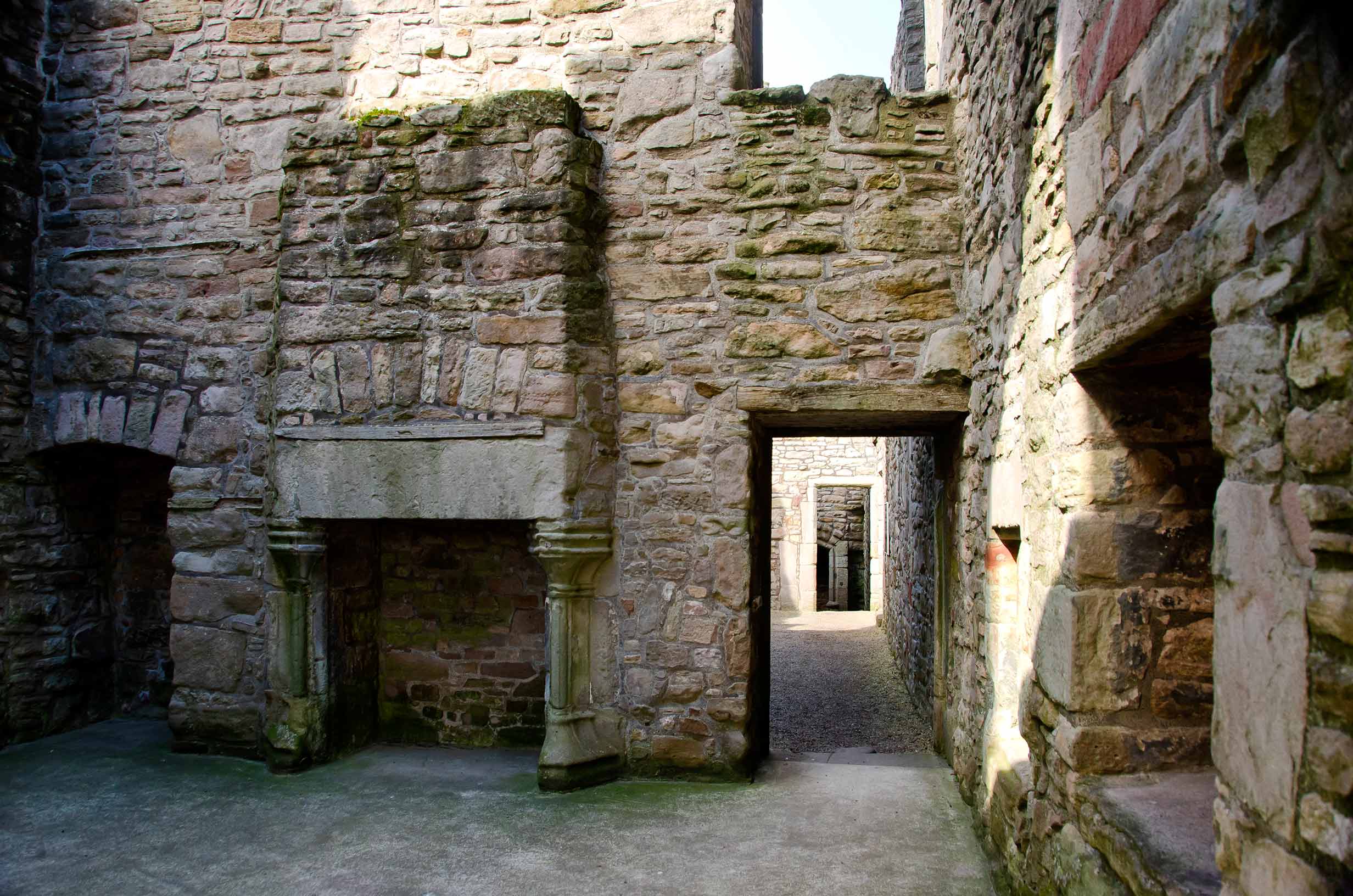
Recently we had a wee explore of Craigmillar Castle. The oldest part of the castle dates back to the early 1400s, and over the next 250 years the owners extended and developed it. It has links to the tragic Mary, Queen of Scots. She came here after the murder of her secretary and rumoured lover, David Rizzio. It was here, too, that others plotted to kill her husband, Lord Darnley
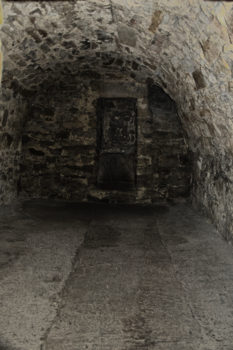
I just loved that I was able to delve into the different areas of the castle. It was fun to imagine what they must have been like at the time. There are some pretty good information boards, but for children and the young-at-heart, climbing winding staircases, and stepping into old dungeons is a fun activity in itself!
Extensions and mod cons
The castle itself probably began with the Tower House, still in existence. The then owners, the Prestons, built it in 1400. There are quite a number of coats of arms and other signs of their tenure. Then in 1440 the grandson built the fortress-like walls that surround the ancient castle. In 1510 another family member built the less military-looking outer walls, enclosing a much bigger garden.
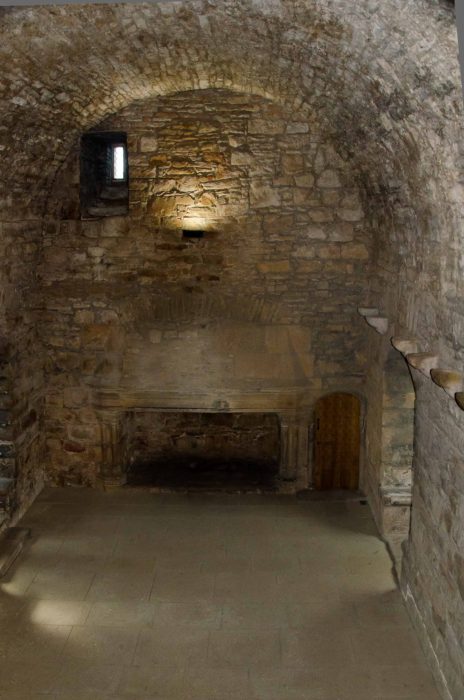
In 1544 the English captured the castle (along with its unfortunate laird!) They further extended the building with an east range, and it was here that Mary, Queen of Scots likely stayed.
In the mid 17th century, the Prestons sold the castle to the Gilmours, who built the west range. However, they wanted modernity and comfort that the castle couldn’t provide. They abandoned it and went off to their nearby new-build, Inch House. (It’s still around too, and the locals use it as a community centre.)
The Castle Today
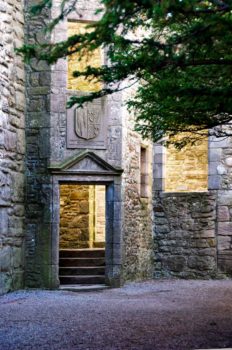
Amazingly, a lot of the castle still survives and it is a great place to visit and explore. A great family outing or one just to savour on your own!
The climb up to the top of the tower is worth it for the views – across the forth, over Edinburgh Castle, towards Arthur’s Seat – fabulous!
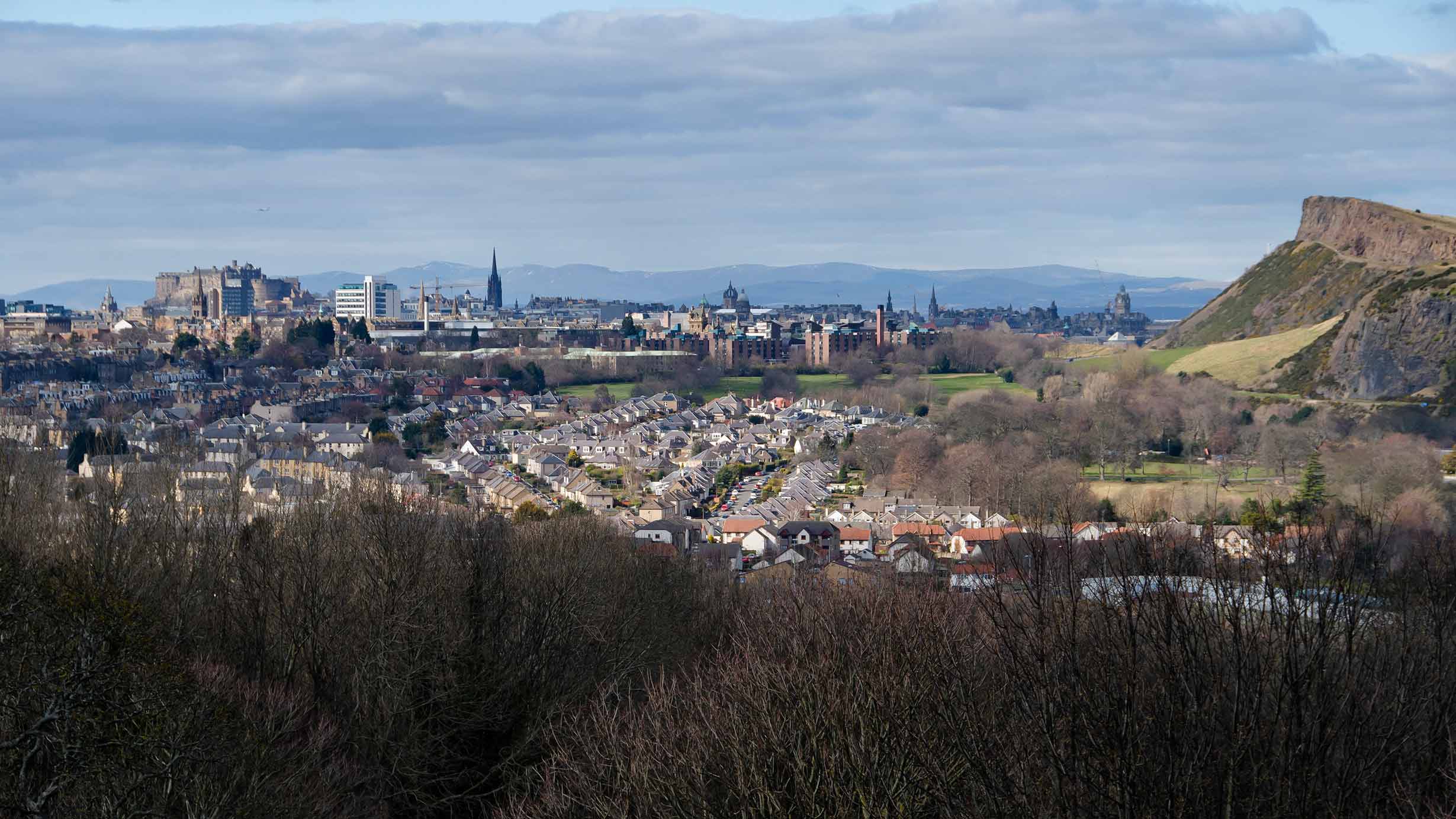
From Anthemion, it takes about 20 minutes by car. There’s also a bus to the nearby royal infirmary (No 24 from Howe Street) that leaves every 30 minutes. Craigmillar Castle is now run by Historic Scotland, who also run Edinburgh Castle, and members have free admission.

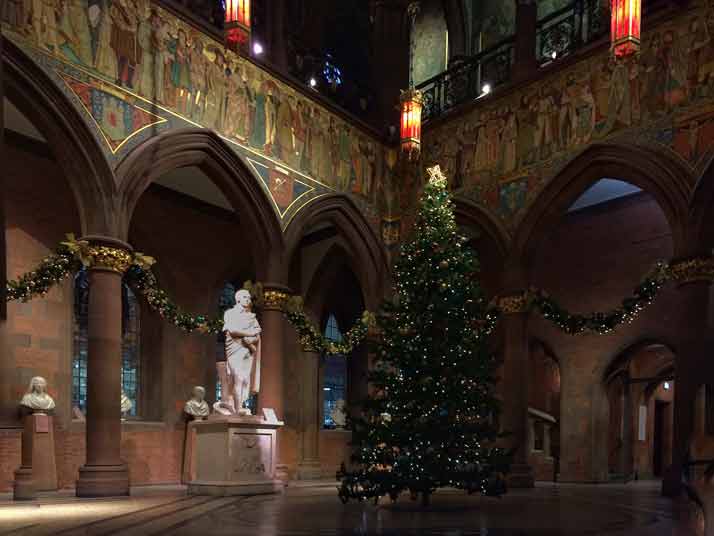

 ugh the rye”? You may be surprised that they are all works by Robert Burns, Scotland’s national poet.
ugh the rye”? You may be surprised that they are all works by Robert Burns, Scotland’s national poet.
